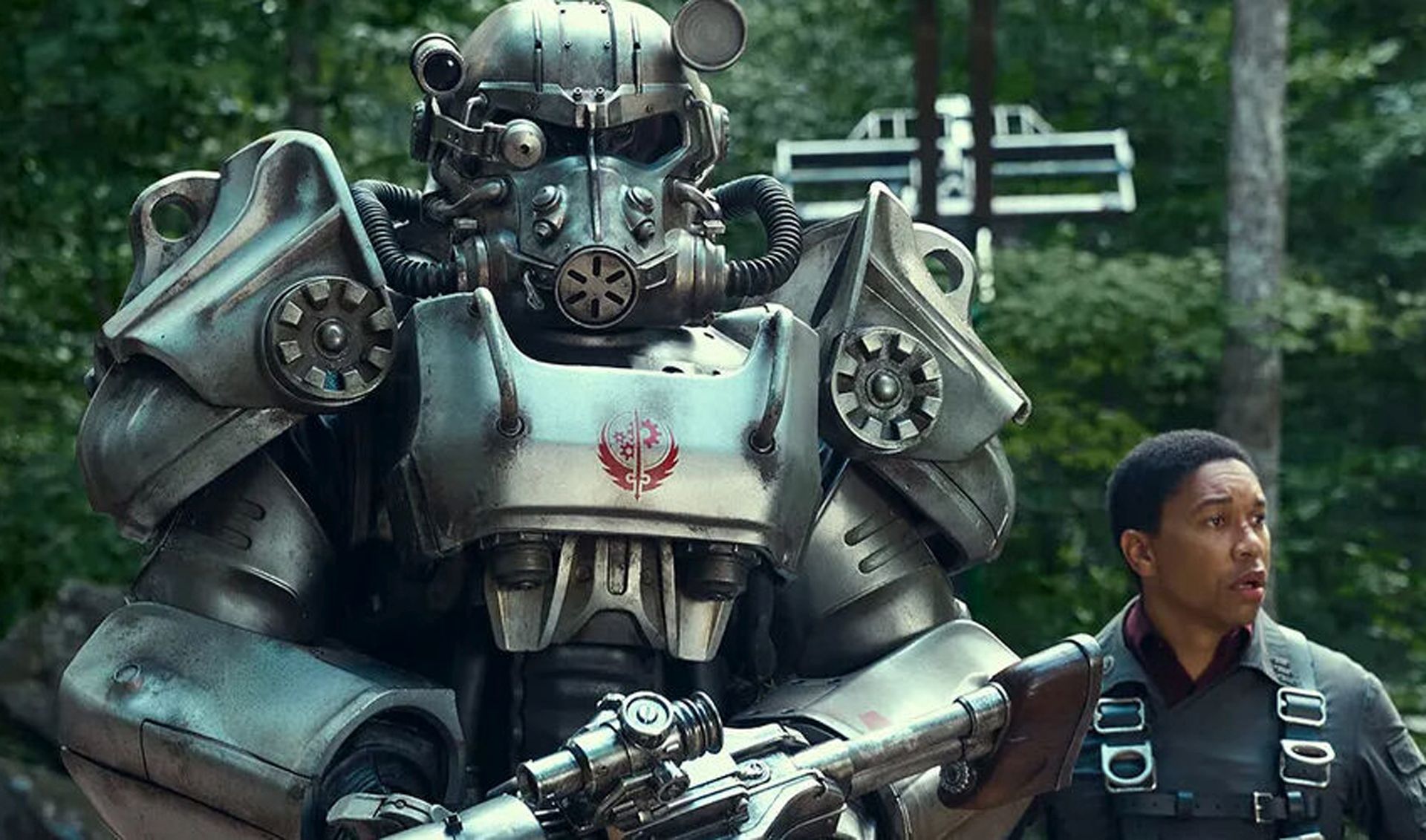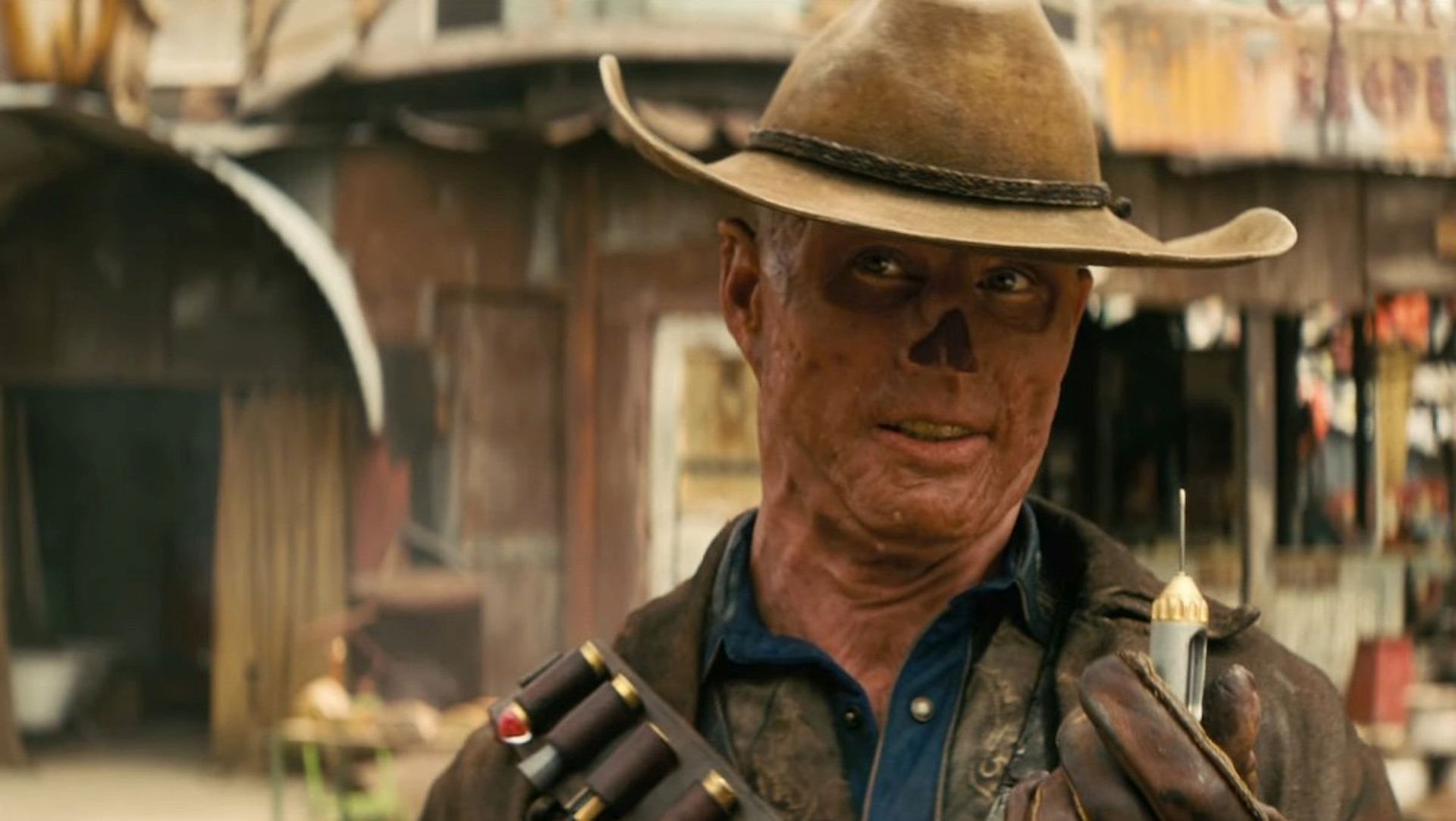Prime Video’s Fallout Preview
When it comes to adaptations for movies and television, video games have the batting average of a player at the bottom of the minor leagues. In other words, awful. For every Witcher, dozens of Mortal Kombats are queued up for failure. With Prime Video’s Fallout series about to enter the spotlight, millions of fans are hoping the new show beats the odds. After previewing the first season, I have good news. It hits a home run.
Failure is not an Option
It’s not hard to understand why game adaptations so often fail. The problems come down to fan service and narrative. Give the diehard fans what they want, and you lock out casual viewers who might not be that intimate with the game. Ignore the details of the source material and you alienate the base. Then again, some fans will never be satisfied because you know, the internet.
The other major hurdle is narrative, or more precisely, the way games — especially role-playing games — handle story and player agency. In an RPG, the player actively shapes the story, evolves a character and at least has the illusion of changing the world. Done well, the experience is immersive and compelling. In contrast, television and film are entirely passive. Viewers can literally sleep through the show.
Prime Video’s adaptation of Bethesda’s Fallout tackles both problems head-on. Long-time fans will see absolutely faithful representations of the game’s world, meet some familiar characters, and rarely feel disconnected from the lore. At the same time, Fallout tells an original story through the eyes of a new character, Lucy McClain. Lucy serves quite obviously as the player character, growing in skill and strength as the story unfolds. While Fallout can’t entirely solve the problem of player agency, Lucy’s evolution from naive vault dweller to battle-tested fighter has the same trajectory as an exciting RPG adventure.

Back to the Future
Over the course of four numbered games and a couple of spin-offs, the Fallout franchise has brilliantly crafted a retro-future, post-apocalyptic world. It’s a vision of an America where gee-whiz, good golly post-war optimism — with a sinister, red-scare darkness roiling underneath — has to survive a nuclear holocaust. The world of Fallout is savage, violent, and darkly humorous in equal measure. The games drip with pointed social satire and irony. In the end, of course, the games are about killing monsters and bad guys.
Maybe because Bethesda’s Fallout guru Todd Howard worked closely on the series, Prime Video’s adaptation is an entirely faithful recreation of the game. This comes through in an unexpected way, either by design or budgetary limits. The Fallout games are notorious for being janky and technically rough-around-the-edges, if not actually broken. This rough-hewn quality comes through in the series via its cinematography and use of practical effects and makeup. The camera work and overall look of the show bring to mind classic sci-fi before the age of overwhelming digital effects. Just like the game, there is a surprising amount of graphic violence and gore in Fallout, but its use of special makeup and non-digital effects lessen a bit of the shock value that comes with digital realism.
That’s not to imply that Fallout can’t be visually stunning or artistic. It often is, but focuses more on sometimes subtle, sometimes hilarious imagery — and the occasional digital effects — and less on self-consciously being art-house beautiful.
Banding Together At the End of the World
Without dipping into spoiler-land, the first season of Fallout sets up the familiar — to gamers, at least — premise. The show’s prologue in 2077 shows the devastation of a long-anticipated nuclear attack and introduces us to Cooper (Walton Goggins), a star of benign TV westerns with a curious longing to bring a bit more violence to the medium. Fast forward two centuries to Vault 33, one of a series of deeply buried survivalist bunkers. The Vaults preserve more than people. They steadfastly hold to a sanitized version of pre-apocalypse America. When Lucy McClain (Ella Purnell) comes of marrying age, Vault 33 seeks a suitable mate from adjoining Vault 32 in exchange for food. Bad things happen, and at the end of the first episode, Lucy finds herself on the irradiated surface in search of her kidnapped father (Kyle MacLachlan). As in all RPGs, the campaign begins with a quest.
Both the narrative structure and use of tropes and mechanics from the RPG give the series strong videogame vibes. We meet Maximus (Aaron Moten) a member of the quasi-mystical Brotherhood of Steel and the Ghoul, a semi-immortal survivor who needs a constant flow of meds to stay alive. It’s one of Fallout’s sharp visual ideas that the Ghoul’s tattered spaghetti-western duster shows the devolution of Cooper’s apple-pie American cowboy. Nods to the game’s mechanics are everywhere, from Pip-boy wrist computers to the way slow-mo bullets tear up targeted limbs. Sub-plots feel like side quests. Most importantly, the way Lucy eventually gathers her party is very authentic to the RPG experience. Or to storytelling, of course.

Special mention has to be made of the series’ soundtrack. It features licensed pop standards and easy-listening songs from the 1940s, 50s and early 60s. Those songs dripped with innuendo and the show uses them perfectly.
Darkness on the Edge of Town
The most extreme Fallout fans may quibble that the series doesn’t pull directly from any of the game’s stories. Instead, Fallout is establishing a world, its lore, and competing factions. Long term, this sets up consequent seasons and endless narratives. Over the course of eight episodes, the pace occasionally drags and the momentum gets temporarily lost. Overall, though, Fallout is one of the most entertaining video game adaptations in memory. It balances fan service with general audience appeal in a way that should satisfy nearly everyone.
Thank you for keeping it locked on COGconnected.